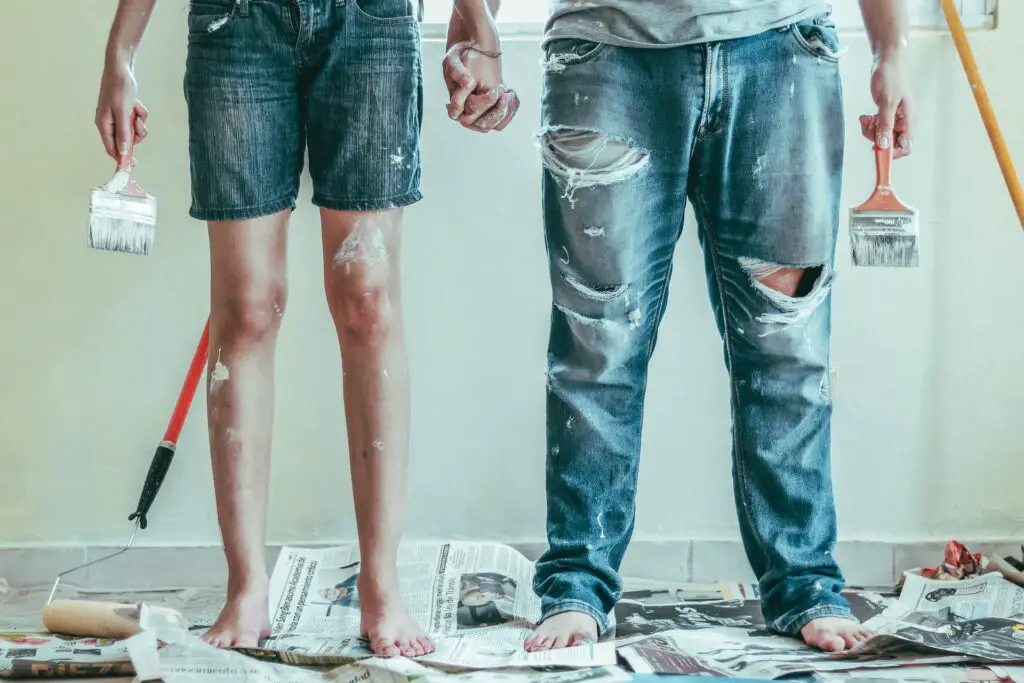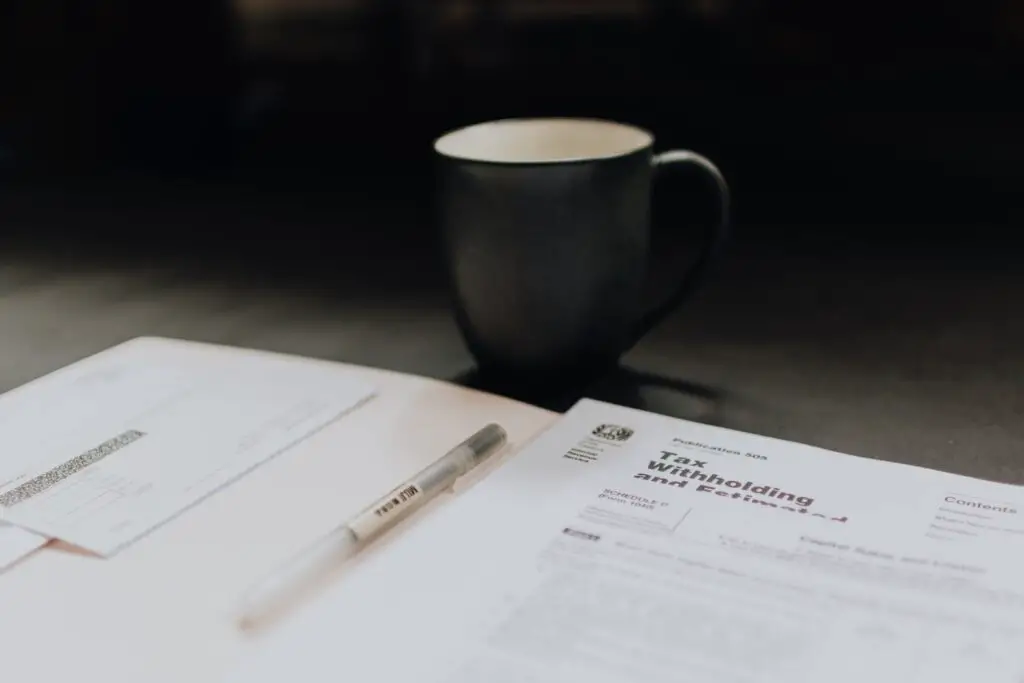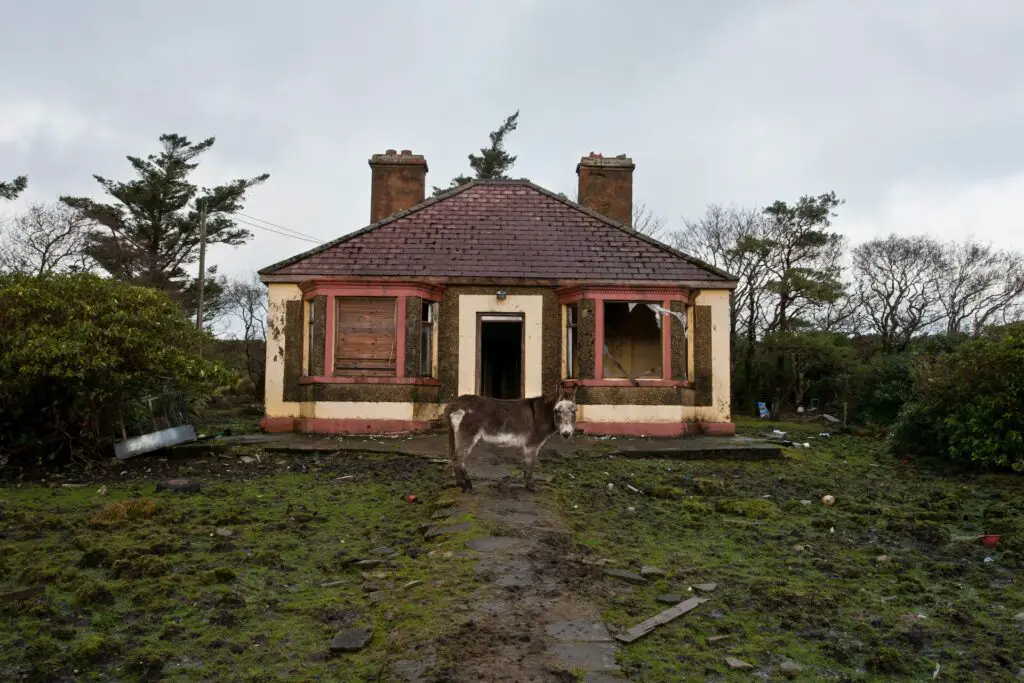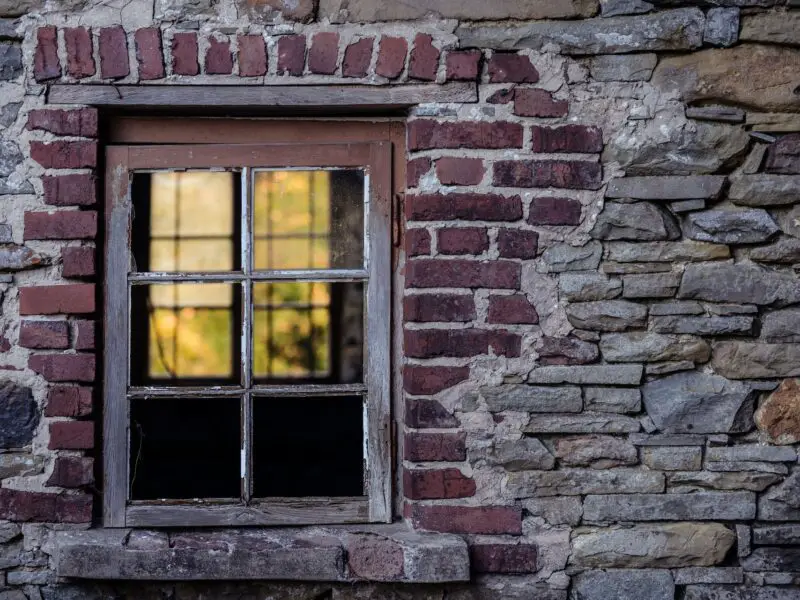This post may contain affiliate links. Please read the disclosure for more info.
If you’re like many of us, you may have been renting apartments for a large portion of your life. The prospect of moving into a house of your own is undoubtedly exciting. Owning vs renting has undeniable appeal. Complete freedom to paint and decorate, no upstairs or downstairs neighbors, and no restrictions on pets (hello family dog). The list goes on and on.

Making the decision to buy a house for the first time is a stepping stone in anyone’s life, and the decision to move from monthly rent to monthly mortgages is a big step in itself. But a mortgage or the price of your home itself shouldn’t be the only thing on your mind when budgeting for this big transition.
Along with more freedom and a new way to pay, moving to a home from an apartment also comes with a considerable amount of hidden costs that may not be readily available to first-time homeowners. Though not so obvious, keeping these quiet costs in mind is important to understanding your budget, and making your big move seamless.
Appraisal Fees
Every first time homeowner wants to know that they’re truly getting the value of what they’re paying for, and unsurprisingly, the bank giving you your loan wants to know this information as well. Having your house appraised may mean you know exactly what you’re paying for, but the process can actually cost you money as well.
Appraisal fees vary and are dependent on the state in which you’re living, as well as the size of your home, but on average they run anywhere from $250 to $600. The bigger your home, the more you may pay in this area, which is a common theme throughout this list. This fee is an upfront fee, and is charged directly to you by the lender.
Escrow
When buying your first home, you’re undoubtedly prepared for a mortgage. But like an appraisal fee, mortgages aren’t the only costs you’ll encounter upon signing. When buying your home your lender will also likely require that an escrow account be set up with your mortgage agreement.
Escrow is money that is paid into the lender’s account and used to fund ongoing property expenses such as insurance premiums, PMIs, and property taxes. This will typically be paid monthly, but upon signing you’ll likely have to deposit a set amount as a sort of “down payment”. Typically escrow totals to about one-twelfth of the estimated annual bill for taxes and insurance, according to Nolo.com.
Closing Costs
Last but not least in the world of upfront fees when moving into your first home is closing costs. Having enough money saved up for your down payment is only one part of the equation, but it won’t cement your purchase. You will also need an additional amount of money to cover “closing costs”. Closing costs is an umbrella term used to describe everything from attorney fees, to homeowners association fees. Generally, you can expect closing costs to add up to 2-5% of the home purchase price.
Hiring Movers
Whether you’re moving cross country, or just across town, you’re going to encounter moving fees. There are a variety of price points you can navigate to try and minimize the cost of your move. Renting your own trucks, or uHauls may seem like a more affordable option, but what you save in money you may end up spending in time, convenience, and sheer labor.
For those who choose to hire movers to assist in the transition, it’s generally not cheap. Same city moves cost around 1,000 dollars, while a cross-country move will likely top around 6,000. It’s always in your best interest to do your research and make sure that your moving company is reputable and well reviewed. Nothing puts a damper on move-in day like a broken family heirloom.
Inspection Fees
Inspection fees are another reality encountered by homeowners that may seem foreign after a lifetime of renting. Inspections ensure that your new home is up to code, and is meeting area safety standards and rules. Though inspection fees may sound frustrating, they are a necessary precaution and can prove to be a lifesaver if they reveal something ominous about your home. Ultimately, they’re necessary and worth the money. Depending on your location and the size of your home and property, you can expect to pay between $200 to $600 dollars for a standard home inspection.
Insurance Rates
If you’ve been renting, or own your own vehicle, you’re likely no stranger to insurance. Sometimes skipped by apartment dwellers, renters insurance does exist and is a good precaution to take to prevent losses down the line. However, when owning your own home, insurance is non-negotiable.
Insurance rates can vary, and it’s a good idea to do your research to find the plan that best fits your needs. Different areas of the country may cover or insure differently. Even with these variances, the national average for home insurance is $2,305 yearly.
Filling the Space
One of the most exciting aspects of being a new homeowner is the freedom to paint, decorate, and fill your space as you see fit. However, many long term renters may be moving from a situation where their space was either fully furnished, or they may not have had full sets of furniture.
Because of this, new home buyers are prone to spending considerable amounts of money to fill their new home accordingly. There are different budgets for everyone, and the process of purchasing furniture and finishing your home can be done as affordably or luxuriously as you please. However, on average in the first year after moving new home buyers spent $687 dollars on living room chairs and tables alone, and a whopping $700+ on the purchase of a new sofa.
Bills, Bills, Bills… and More Bills
Even while renting your apartment, you’re certainly likely to be paying utilities. Many renters pay their own heat and electricity bills, but many also may not. Because rental agreements vary so much, apartment complexes may include utilities as part of your monthly rental payment. If this is the case, the move to paying monthly home bills may be a bit of a shock.
Of course, the amount you pay in home utilities differs depending on where you live and what your lifestyle is like. Energy saving efforts by you and your family can certainly translate to savings on paper. Turning off lights, taking shorter showers, and keeping the heat lower at night and the air down during summer can mean considerable deductions from your monthly bills. However, when budgeting for your new home, monthly expenses should always include water, electricity and gas.
Taxes
Another new reality for first time homeowners versus apartment living is the introduction of new taxes. Property taxes, school taxes, etc. Many of the costs of these taxes may be lumped into your escrow, but some may not. Having a complete understanding of the taxes in your area is crucial to budgeting for your new home. These fees vary greatly depending on where you live, and are subject to change.

Maintenance and Repairs
One of the biggest benefits of apartment living is the hands off approach to maintenance and repairs. In most situations, landlords are on the line to pay for routine maintenance and repairs to your unit. From broken water heaters to busted stoves, even burned out light bulbs, landlords pay many of these costs without charging you. Of course, homeownership is different.
Though owning your own home means you are independent and can make decisions freely about the design, space, and use of your property, it also means you are solely responsible when something goes wrong. If your kitchen appliances break, you will be on the line to buy a new one. If your water heater or furnace goes out, that’s on your as well.

All appliances and fixtures in a home have a lifespan. Buying cheaply upfront may save you money short term, but the replacement may be necessary before too long, costing you more in the long run.
This is why doing your research and buying well-rated, as well as well-priced home appliances and furnishing is important. Before buying a new refrigerator for your kitchen, or installing a new water heater, make sure you are investing in models you can trust.
In addition to repairs, maintenance is a homeowner’s sole responsibility. Though there is flexibility in some of what you choose to do each year, there will likely come a point where certain aspects are non-negotiable. New roofs, resurfacing driveways, and lawn care are all realities at some point in a new homeowner’s journey. And not all of it is cheap. To paint an average-size single-family home the average cost is over 6,000 dollars.
Of course, many of these expenses are few and far between, but being prepared to work them into your budget is an essential part of the transition from the renting lifestyle to owning your first home. On average, homeowners should expect to spend one to four percent of their home’s value on maintenance and repairs each year.
Don’t Be Discouraged, Be Prepared
With any big transition in life, it takes knowledge, time, and a little bit of bravery to feel prepared for a big move. The transition from renting to owning a home is a huge step, and often one of the more exciting markers in your adult journey! To make sure it goes smoothly, do your research. Knowing what hidden fees exist rather than waiting for them to jump out from a dark corner can help you feel confident and well-prepared to take on this new stage of life.


 Why am I so Addicted to HGTV?
Why am I so Addicted to HGTV? 
Leave a Reply